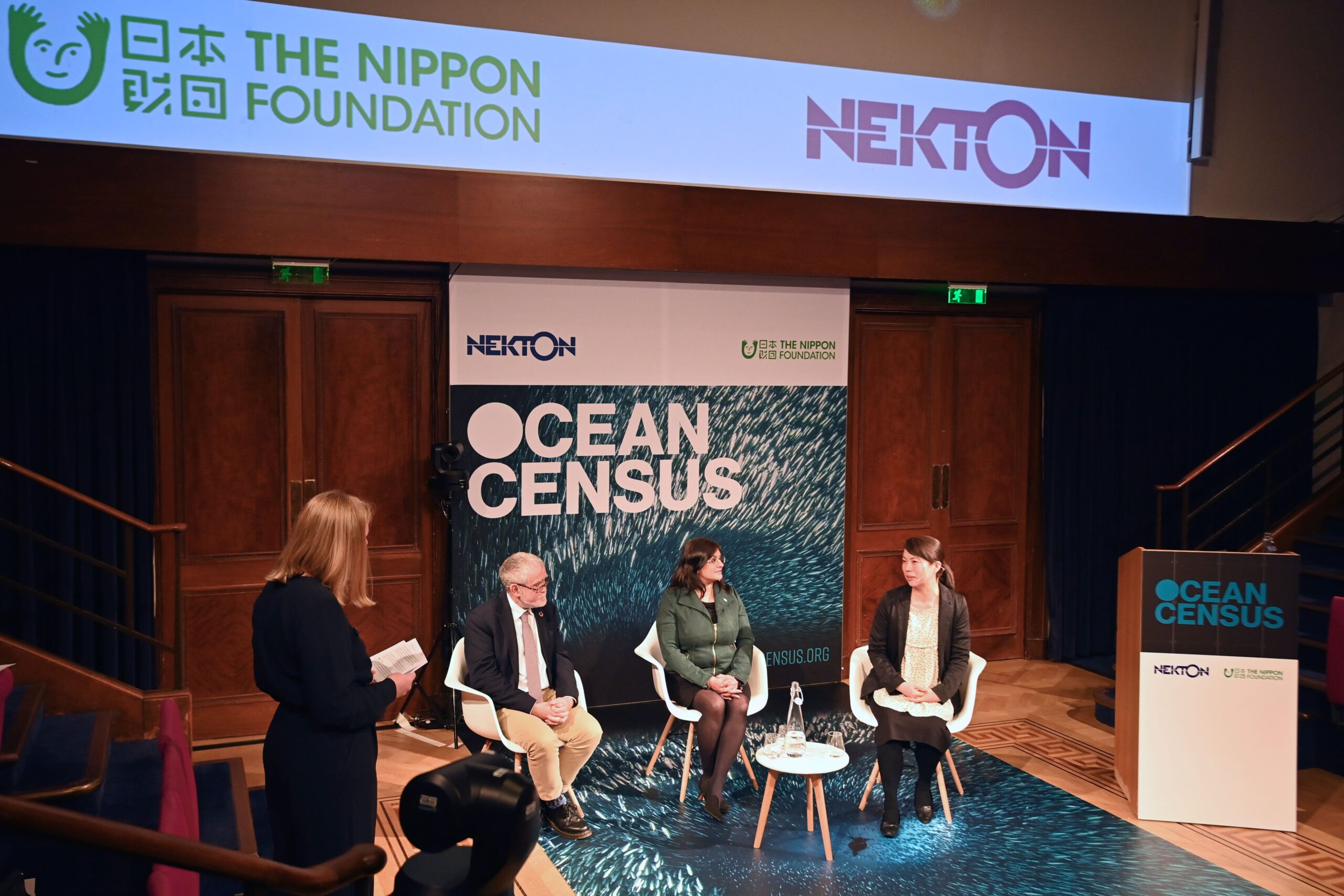

Understanding the Importance of Taxonomy & Classification systems: A Beginner’s Guide

Taxonomy
This guide explores why taxonomy, the science of classification and naming of living organisms, is crucial for the acceleration of new marine species discovery.
From Aristotle’s habitat-based classification to Linnaeus’s binomial system, taxonomy has evolved through Darwin’s evolutionary theory, modern genetics, and integrative approaches.
Taxonomy remains fundamental in the 21st century, essential for discovering and describing unknown species, with broad implications for biodiversity, conservation, and scientific understanding today.
From July to August 2024, 6 Ocean Census participant scientists joined the Schmidt Ocean Institute on its ‘High Seas and Seamounts of the Nazca Ridge’ expedition. Months later, the samples taken from this expedition were studied during the Chile Species Discovery Workshop at Universidad Católica del Norte in December 2024. A team of international scientists from the Ocean Census Science Network studied over 1,500 specimens of Squat lobsters, Sea stars, Urchins, Brittle stars, and sea snails.
What is Taxonomy?
In biological terms, taxonomy is the practice of organising, naming, defining, and classifying living organisms into hierarchical groups based on their shared characteristics. This classification system helps scientists understand how different organisms fit into emerging networks of life forms.
Scientists use a hierarchy of categories, from the most general to the most specific. This hierarchy (starting from a the broader group to the most niche) includes:
- Domain
- Kingdom
- Phylum
- Class
- Order
- Family
- Genus
- Species
For instance, humans are classified as follows:
- Domain: Eukarya (organisms with complex cells)
- Kingdom: Animalia (animals)
- Phylum: Chordata (animals with a spinal cord)
- Class: Mammalia (mammals)
- Order: Primates
- Family: Hominidae (great apes)
- Genus: Homo
- Species: sapiens
Focussing on Marine Taxonomy
Marine taxonomy is a branch of taxonomy that classifies organisms living in marine environments. It involves identifying, and grouping, marine life into different categories like:
- Microscopic plankton: Phytoplankton and zooplankton
- Marine plants: Seaweeds and seagrasses
- Invertebrates: Jellyfish, corals, mollusks, and crustaceans
- Fish: Sharks, rays, and bony fish
- Marine mammals: Whales, dolphins, seals
- Marine reptiles: Sea turtles
- Marine birds: Seabirds like penguins and albatrosses
Marine taxonomy is crucial for understanding species diversity, conservation efforts, and the possible impacts of global warming and habitat destruction. Given the complexity and biodiversity of marine life, this field plays a significant role in advancing marine exploration.
Why Taxonomy Matters
Taxonomy provides a structured approach to classify the vast diversity of life on Earth. By classifying organisms into categories such as family, genus, and species, scientists can better understand how different organisms are related and how species have evolved over time. This is also crucial for understanding food webs, species interactions, and overall ecosystem dynamics.
Similarly, accurate classification is vital for conservation efforts. Identifying and categorising species allows scientists to recognize endangered or at-risk species and direct conservation resources effectively. Understanding species relationships can also help to inform ecosystem management and habitat protection.
An important point which looks at the logistics of taxonomy highlights that using standardised scientific names, such as Homo sapiens for humans, ensures clear communication among scientists worldwide. While common names can vary across languages and regions, scientific names are universally recognized, reducing confusion and facilitating global collaboration.
Challenges in Modern Taxonomy
Despite the importance of taxonomy, the study faces several challenges:
- Taxonomic Impediment: There is a shortage of trained taxonomists, particularly for less-studied organisms. Many senior taxonomists are retiring, and fewer new scientists are entering the field.
- Lack of Funding: Taxonomy often receives less funding compared to other scientific fields. This lack of financial support impacts fieldwork, specimen collection, and research.
- Undescribed Species: Numerous species remain undiscovered, especially in biodiversity-rich but underexplored regions. Many of these might go extinct before they are even identified.
- The pace of discovery to description: On average, it takes about 13.5 years from the time a species is first collected to its formal description. This delay is often due to scientists having to prioritise other responsibilities, as few can dedicate themselves to taxonomy full-time. Additionally, challenges such as limited funding and inadequate compensation for taxonomic work, combined with the pressure to produce results in other areas, contribute to these extended timelines.
The Role of Taxonomic Workshops
Taxonomy is more than just classifying species; it’s a critical science that helps us organise, understand, and protect the diversity of life on Earth. Taxonomic workshops bring experts together to accurately identify and classify specimens collected during expeditions, ensuring the reliability of the data.
Additionally, workshops offer valuable training for students and early-career scientists, fostering the development of the next generation of taxonomists.
Accurate species identification during these workshops supports effective conservation efforts and habitat management by assessing conservation statuses and informing strategic planning. They play a significant role in the discovery and documentation of new species, thereby expanding our understanding of biodiversity.
Join the census
An Alliance of scientists, governments, marine research institutes, museums, philanthropy, technology, media and civil society partners.































